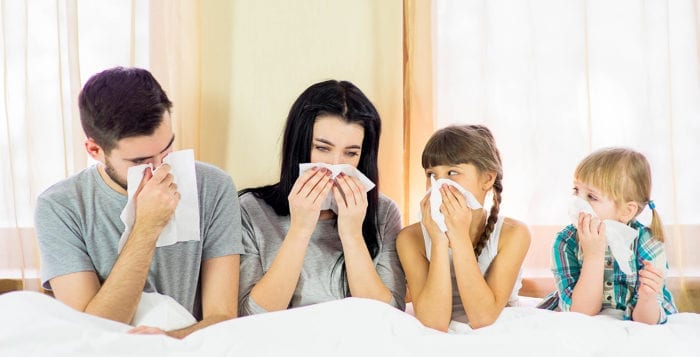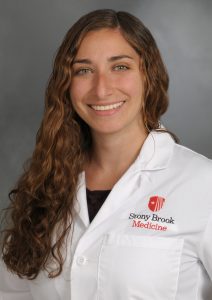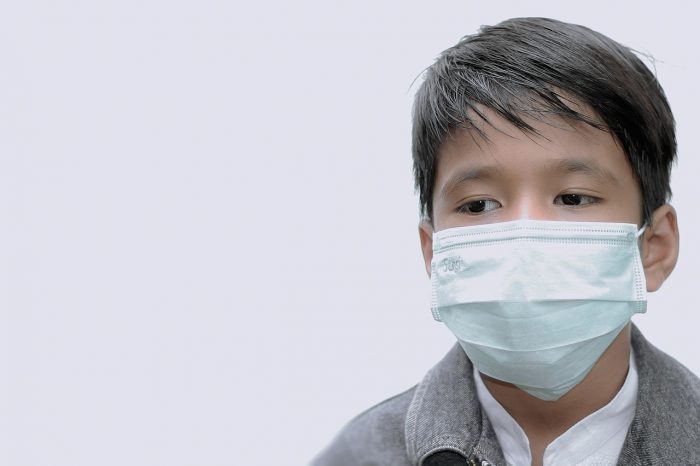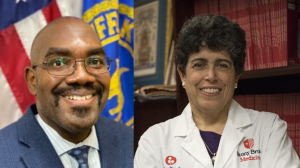The Suffolk County Department of Health Services in conjunction with the Town of Brookhaven will offer free rabies vaccinations for dogs, cats and ferrets on Saturday, April 19, from 9 a.m. to 1 p.m. at the Brookhaven Animal Shelter located at 300 Horseblock Road in Brookhaven.
Although the clinic is available to all Suffolk County residents, the quantity of vaccine is limited and available only while supplies last. All dogs must be on leashes and all cats and ferrets must be in carriers. No reservations required.
 Can’t make it that day? The shelter will also hold free rabies vaccination clinics on May 31, June 28, July 26 and Aug. 23 from 9 a.m. to 1 p.m.
Can’t make it that day? The shelter will also hold free rabies vaccination clinics on May 31, June 28, July 26 and Aug. 23 from 9 a.m. to 1 p.m.
“Take the time to protect your beloved pets against rabies. They give us so much joy and love and deserve to be kept safe, ” said County Executive Ed Romaine.
Rabies, a deadly disease caused by a virus that attacks the central nervous system, is most often seen among wild animals such as raccoons, bats, skunks, and foxes, but any mammal can be infected with rabies. Pets and livestock can get rabies if they are not vaccinated to protect them against infection.
New York State and Suffolk County laws require that all dogs, cats, and ferrets be vaccinated against rabies. Vaccinating pets not only provides protection for the animals but also acts as a barrier to keep the rabies virus from spreading between wild animals and people as three to six percent of the bats that are tested annually are positive for rabies.
The Suffolk County Department of Health Services recommends the following precautions to protect your pets and your family from possible exposure to rabies:
- Do not feed, touch, or approach wild animals, or stray dogs or cats.
- Be sure your pet dogs, cats, and ferrets as well as horses and other livestock animals are up to date on their rabies vaccinations.
- Pets too young to be vaccinated should be kept indoors and allowed outside only under direct observation.
- Keep family pets indoors at night. Do not leave them outside unattended or let them roam free.
- Do not attract wild animals to your home or yard. Keep your property free of stored bird seed or other foods that may attract wild animals. Feed pets indoors. Tightly cover or put away garbage cans. Board up any openings to your attic, basement, porch, or garage. Cap your chimney with screens.
- Do not transport or relocate any wild animals.
- Teach children not to touch any animal they do not know and to tell an adult immediately if they are bitten by any animal.
To keep bats from getting into buildings, bat-proofing techniques should include:
- Not leaving unscreened doors open to the outside
- Not leaving unscreened windows open to the outside
- Making sure windows have screens, chimneys are capped, and electrical and plumbing openings are plugged
- Sealing all openings that are larger than 1/2 inch
- Using materials such as expanding spray-on foam, caulk, wire mesh, wood that fits tightly, steel wool (around pipes that enter buildings), or polypropylene bird netting, to seal or cover gaps and holes.
Report all animal bites or contact with wild animals to the Suffolk County Department of Health Services at (631) 854-0333 weekdays, 9:00 a.m. – 4:30 p.m. Animal bites or contact with wild animals can be reported to the Department at (631) 852-4820 outside normal business hours. If possible, try to contain the animal so that it can be tested.
For more information on rabies, follow the links below:
- New York State Department of Health: https://www.health.ny.gov/diseases/communicable/rabies/fact_sheet.htm
- Centers for Disease Control and Prevention: https://www.cdc.gov/rabies/
For information about the rabies vaccination clinic, call the Brookhaven Animal Shelter at (631) 451-6950 or visit www.brookhavenny.gov/AnimalShelter.























